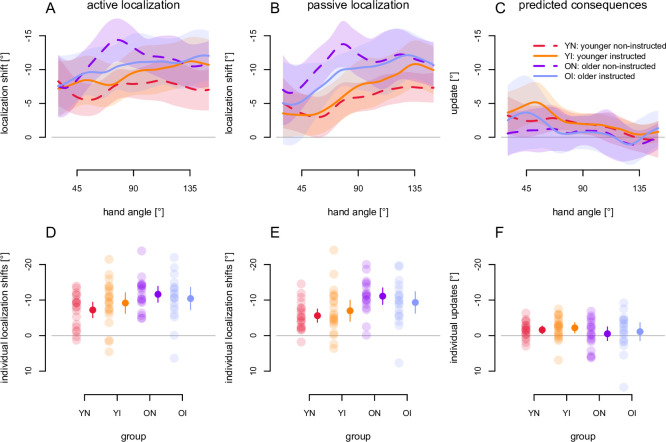Fig 5. Training-induced shifts in hand localization.
A: Active localization: mean, interpolated angular shift in hand localization estimates after training where participants actively moved their unseen right hand to a location of their choosing on the white arc (efferent and afferent). B: Passive Localization: Mean shift in angular hand localization estimates after training where the unseen right hand is passively moved to the exact location as the active localization task (only afferent). C: Predicted sensory consequences: Differences in estimates between active hand localization (efferent and afferent) and passive hand localization (afferent only) are interpreted as evidence there are changes in efferent-based estimates of hand location. Shaded areas are 95% confidence intervals. D, E, F: Individual participants’ average of the kernel smoothed localization shift at 50°, 90° and 130° (used for statistics) as transparent dots, with the group average and 95% confidence interval as opaque dots and lines, for active localization (D), passive localization (E) and the difference between active and passive localization (F) as estimate for an added contribution of predicted sensory consequences to hand localization.

